Snow Removal Responsibility
In accordance with Section 281-4 of the City Code, it is the responsibility of every owner or occupant of any house or other building and any vacant lot, to keep the sidewalk and fire hydrants clear and clean from snow, ice, and dirt. Snow and ice must be removed from sidewalk abutting their property and fire hydrants before 12:00 noon of the day after any snow fall which occurs during the night. It is a violation of the City Code to place snow into the street or abutting sidewalk.
FAQs from New Rochelle's city website
When are the snow plows sent out?
The plow operators are dispatched immediately at the beginning of a storm and stay out continually during the storm. They are responsible for clearing over 176 miles of City roads.
Which streets are plowed first?
Snow plows first clear primary and major artery streets, school streets, and streets serving emergency response facilities and heavy traffic.
After those roads are clear, secondary streets are cleared and streets with moderate traffic. Lastly, all other streets, including cul-de-sacs and dead-end streets, are plowed. After a major storm, it may take two to three days for plow crews to clear all the streets.
What can I do if snow is blocking access to my mail box or driveway?
During snow plowing operations, the snow from the street will end up in front of driveways and mailboxes. The property owner is responsible for access to his/her individual driveway or mailbox.
The only way to avoid extra shoveling is to wait until the Public Works crews have done their final clean-up on the street.
What is my responsibility for snow removal?
In accordance with Section 281-4 of the City Code, it is the responsibility of every property owner or occupant to keep the sidewalk and fire hydrants clear from snow, ice and dirt. Snow and ice must be removed from sidewalk abutting their property and fire hydrants before 12 noon of the day after any snowfall which occurs during the night.
Nowhere is there anything relating to the clearing of snow from street corners and curb cuts. It is not even tossed in next to mail boxes and driveways. And if you do clear a curb cut you it is a violation to put the snow on the street or on an abutting sidewalk. And the snow plows mound up a LOT of snow on the corners.
My question is this. If New Rochelle has made a commitment to inclusive transportation (see GreeNR and Complete Streets 2012 resolution) including issuing this statement:
"Facilitate and encourage the use of sustainable transportation options, including walking, bicycling, carpooling and mass transit, while also reducing traffic congestion and enhancing the safety and efficiency of transportation routes." (p 16 GreeNR)
....then why is it that the regulations for snow removal do not require SOMEONE - city or residents - responsible for making sure pedestrians can cross streets? It is hard enough as an able bodied person but imagine trying to negotiate these conditions in a wheel chair, or pushing a stroller, or without sight.
It is time municipalities did more than simply planning for inclusive transportation. It is time to take action and develop policies and procedures that reflect their approved plans and resolutions.
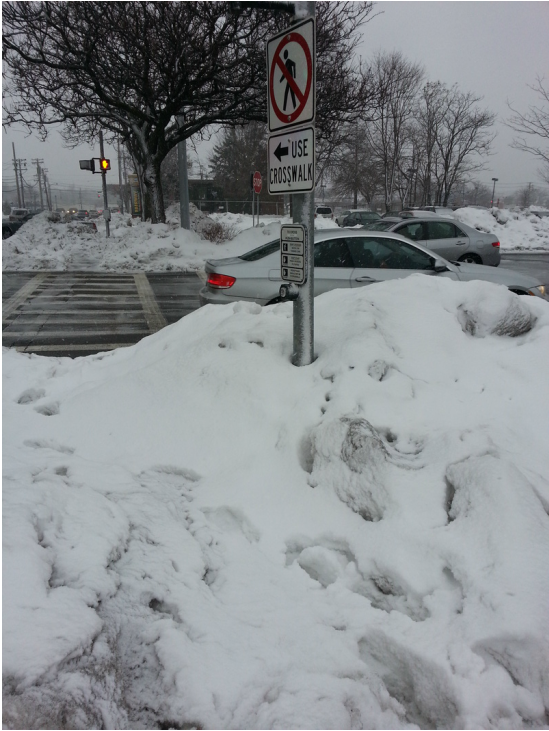

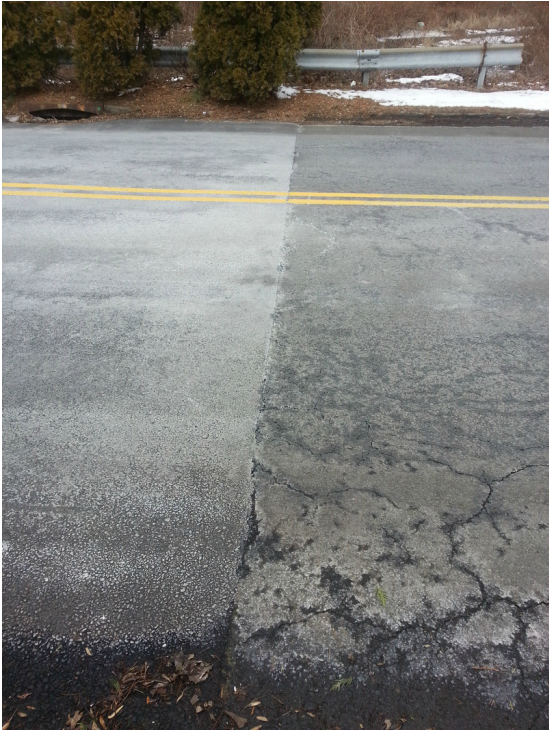
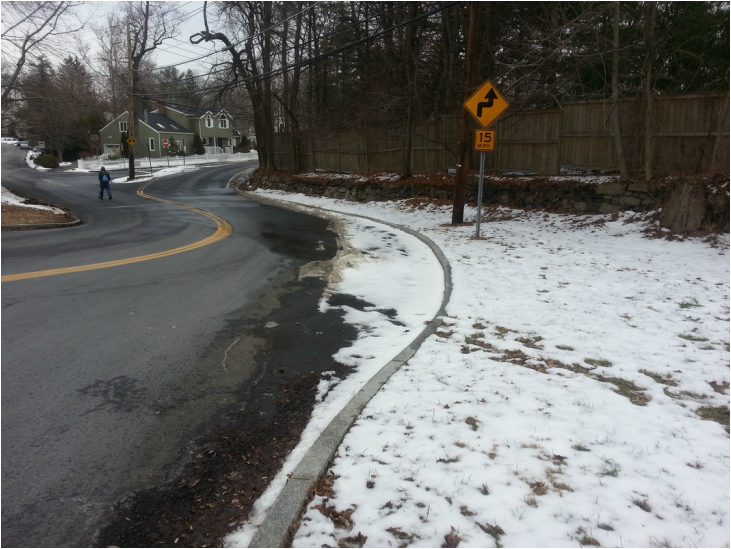
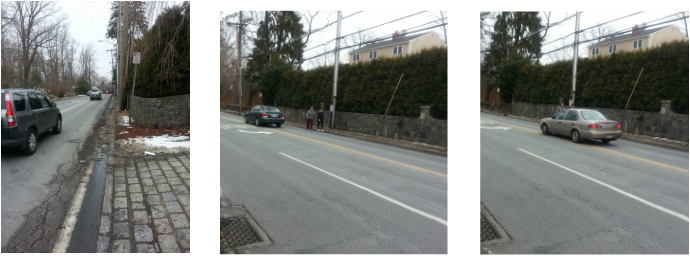
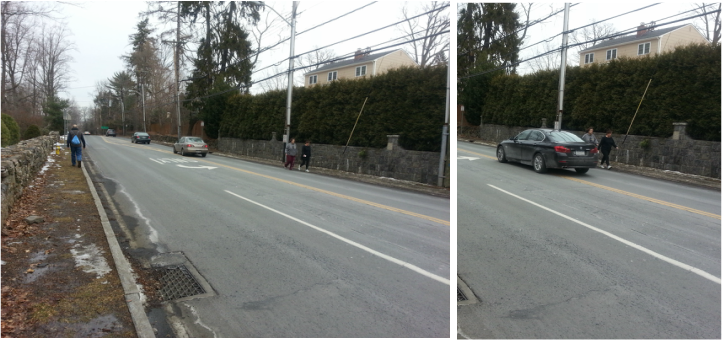
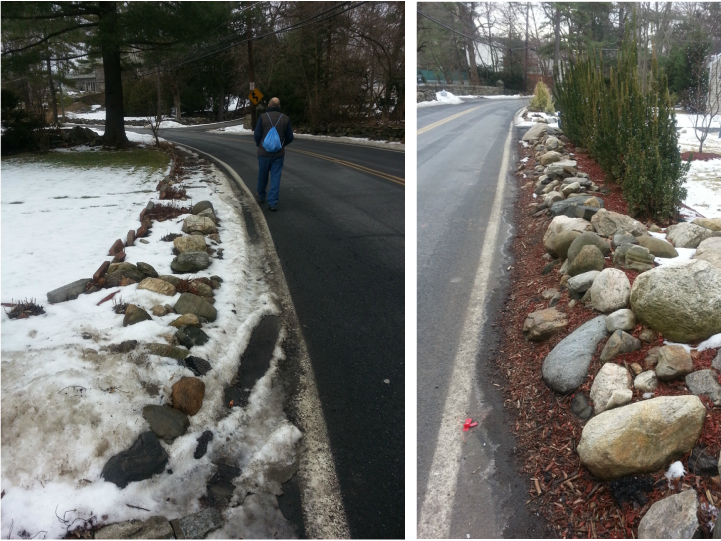
 RSS Feed
RSS Feed
